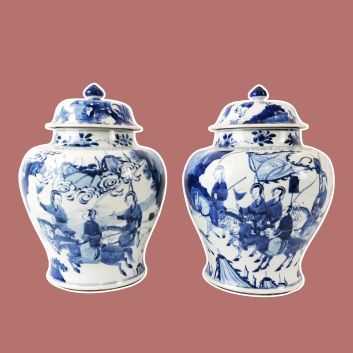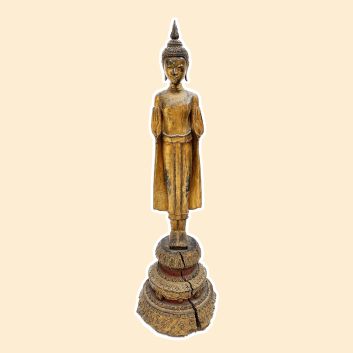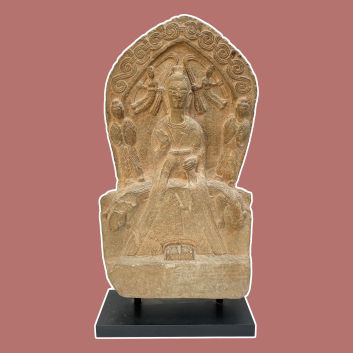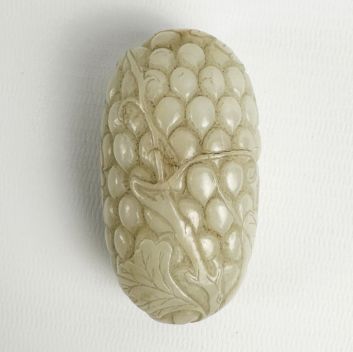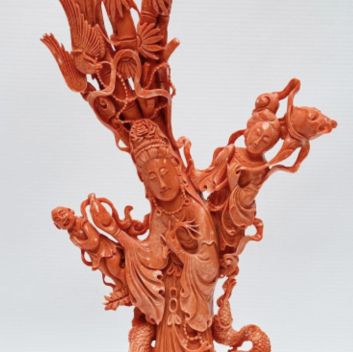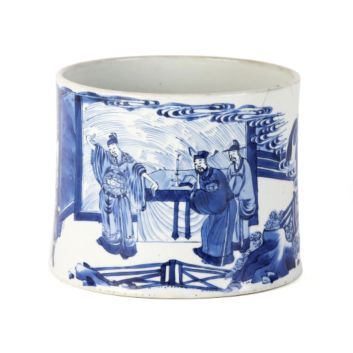Rating and value of Chinese snuffboxes, from China
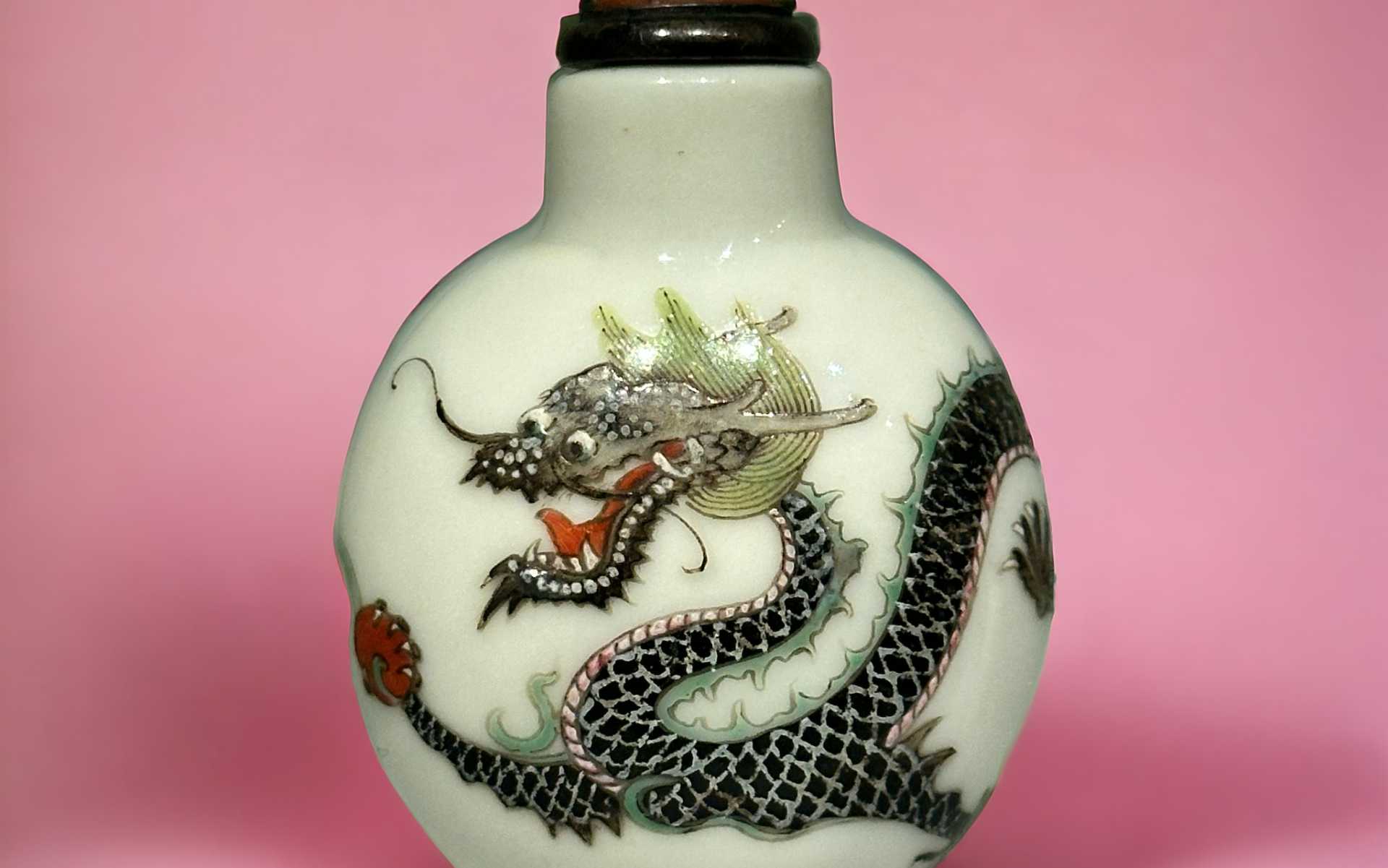
If you own a Chinese snuffbox and would like to know its value, our state-approved experts and auctioneers can offer you their expert appraisal services.
Our specialists will carry out a free appraisal of your work, and provide you with a precise estimate of its current market value.
Then, if you want to sell your work, we'll point you in the right direction to get the best possible price for it.
Rating and value of Chinese snuffboxes
Chinese snuffboxes are currently highly sought-after collector's items. If you own one, it may be worth more than you think.
On the art market, these objects can fetch very high prices under the auctioneer's hammer.
They are particularly prized, and the price at which they sell on the art market ranges from €50 to €62,400, a fairly substantial range, but one that speaks volumes about the value that can be attributed to these objects.
In 2019, an 18th-century gilded bronze and Chinese enamel snuffbox sold for €62,400, whereas its estimate was €6,000-8,000.
Order of value from a simple work to the most prestigious
Object type | Results |
|---|---|
Bone snuffbox | From €55 to €2,500 |
Glass snuffbox | From €50 to €3,400 |
Snuffbox in agate | From €50 to €3,500 |
Porcelain snuffbox | From €50 to €9,000 |
Jade snuffbox | From €50 to €13,750 |
Chinese enamel snuffbox | From €50 to €62,400 |
Response in less than 24h
Characteristics of Chinese snuffboxes
In the art of Chinese snuffboxes, miniature is a theater of precision and refinement.
From the 18th century onwards, these precious objects, often made of jade, rock crystal or porcelain, became the medium for a dialogue between artisanal virtuosity and the aesthetic demands of their patrons.
On these tiny surfaces, the artists depict naturalistic scenes, dreamlike landscapes or symbolic motifs, exploiting the transparency or opacity of the materials to play with light and depth.
Far from the baroque exuberance that characterizes some contemporary European works, Chinese snuffboxes favor a delicate palette of evanescent hues, dominated by milky white and shades of blue or red.
The almost scientific attention to detail and the rigor of the line are part of a tradition in which the object becomes both utilitarian and spiritual, serving to protect tobacco while embodying a fragment of the cosmos.
European collectors, fascinated by this balance between functionality and beauty, see in these objects an invitation to contemplate another way of thinking about art.
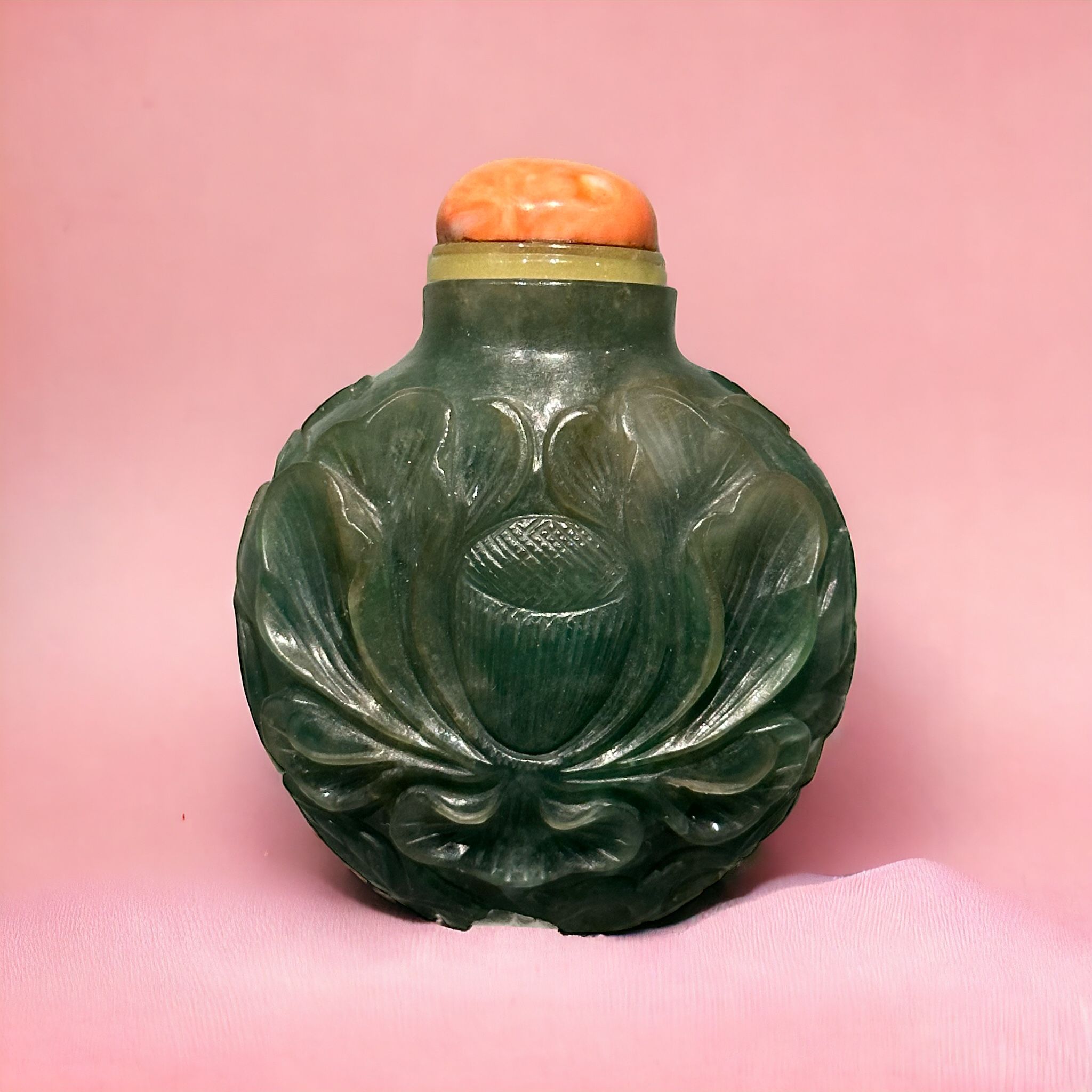
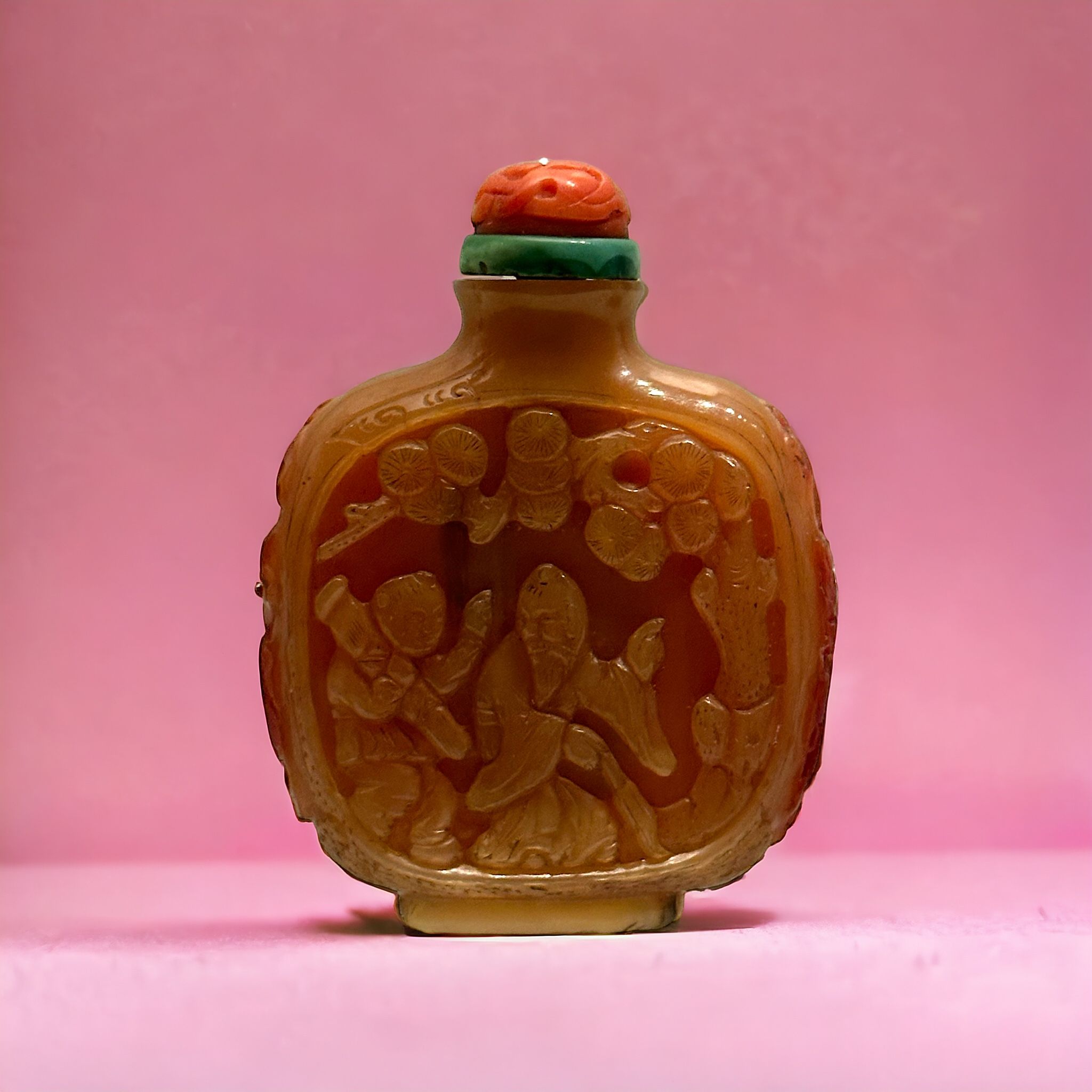
History and symbolism of Chinese snuffboxes
The history of Chinese snuffboxes is part of a trajectory in which the utilitarian object becomes an emblem of refinement and prestige.
Introduced in the 17th century under the Qing dynasty, they reflect both the growing influence of tobacco, a foreign product, and the ability of Chinese craftsmen to sublimate its use.
A veritable microcosm, these snuffboxes were often worn on the belt or given as gifts, reflecting their owner's social rank or personal affinities.
But they were also invested with complex symbolism: the motifs - dragons, phoenixes, plum blossoms or mountain landscapes - evoked wishes for prosperity, longevity or cosmic harmony, while the choice of materials - imperial jade or veined agate - reflected a quest for spiritual and aesthetic balance.
In their compact, closed form, they appear as worlds in reduction, where the craftsman's hand embraces the principles of the Tao: capturing the essence of the great in the small, blending the tangible and the intangible.
Silent witnesses to an art of living steeped in philosophy, these snuffboxes are both functional objects and containers for a symbolic language designed to defy the ephemeral.
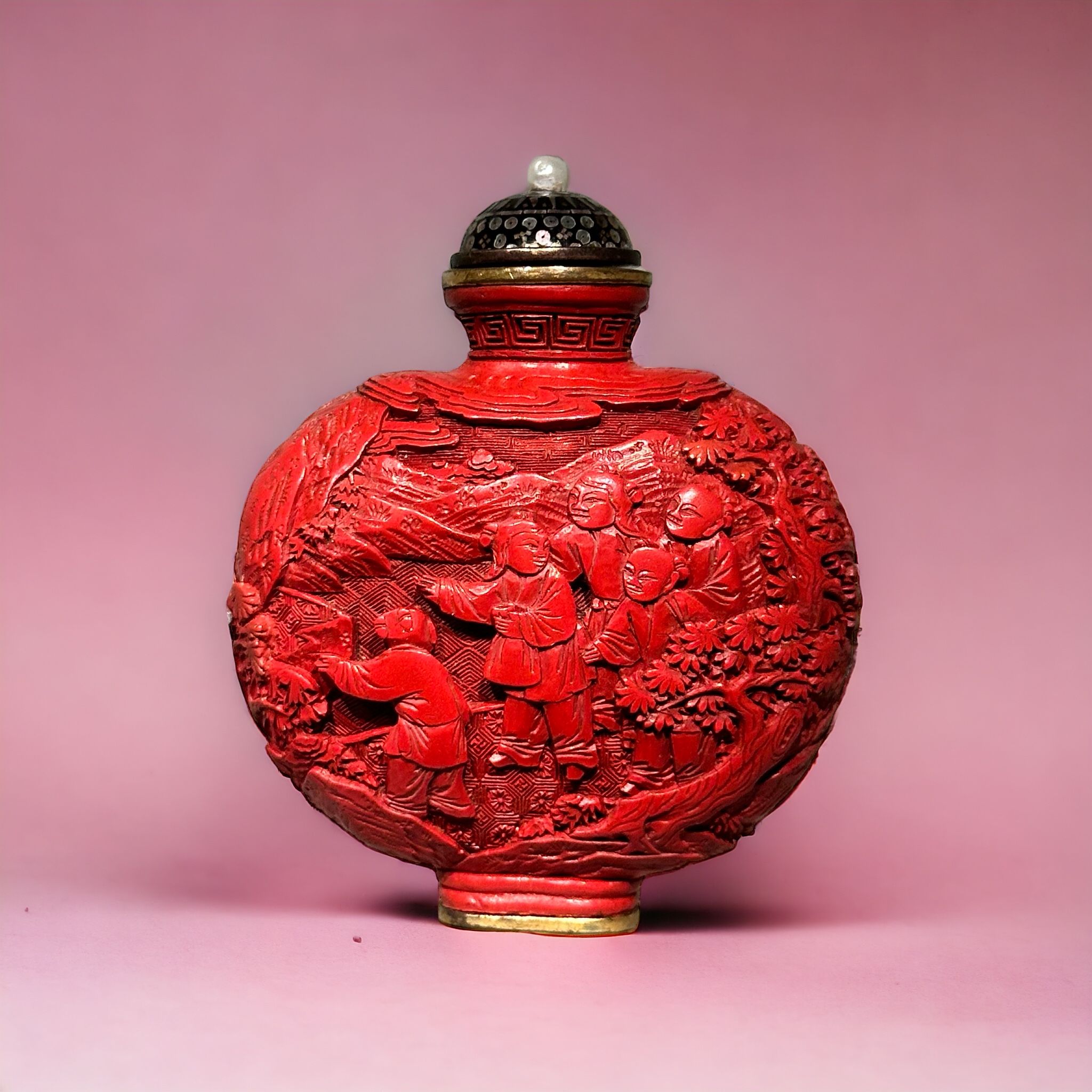
Focus on a snuffbox by Ma Shaoxuan
Among the masterpieces of the genre, the snuffbox in painted inner glass by Ma Shaoxuan, active in Beijing towards the end of the 19th century, stands out for its extreme delicacy and the subtlety of its iconography.
This object, apparently modest in size, displays on its inner walls a portrait of a scholar, probably a man of renown or an ideal model of Confucian wisdom.
The technique of painted interiors, requiring an almost ascetic mastery of the brush to work upside down and in confined spaces, gives the image a diffuse luminosity, amplified by the transparency of the glass.
On the back, elegant calligraphy accompanies the work, combining poem and dedication, uniting visual art and poetry in a harmonious dialogue.
The restrained tones - deep blacks, amber browns and flashes of discreet red - evoke a serene gravity, far removed from the chromatic exuberance of other works of the period.
The stopper, in polished coral, adds a touch of preciousness, while establishing a symbolic continuity with the vitality and prosperity evoked by the red.
In this snuffbox, every detail becomes a metaphor: the scholar, the embodiment of the moral ideal, is reflected in the transparent walls, suggesting introspection or meditation on the human condition.
In short, this object transcends its primary function to become a microcosm of Chinese thought, combining technical gesture with philosophical depth.
Focus on the Victoria and Albert Museum's Quianlong snuffbox
A remarkable snuffbox is one in carved white jade, dating from the Qianlong period (1736-1795), in the Victoria and Albert Museum in London.
Compact and almost unreal in its purity, it is fashioned from milky-white translucent jade, the supreme symbol of perfection and virtue in Chinese culture.
The slightly flattened shape, enhanced by subtle reliefs of plum blossoms and intertwined bamboo branches, expresses an aesthetic language combining geometric rigor and poetic naturalism.
These motifs, emblematic of resilience and longevity, are part of a symbolism specific to the Qing dynasty, where nature and morality were perceived as a harmonious whole.
The polished surface, almost silky to the touch, captures and diffuses light, giving the object an aura of softness and serenity. The rose quartz stopper is a perfect match, adding a touch of warmth to the mystical coolness of the jade.
Through this choice of materials and economy of detail, the anonymous craftsman celebrates a form of spiritual minimalism, where each element refers to a quest for balance between heaven and earth.
More than just a container for tobacco, this snuffbox becomes a silent declaration of inner virtue, embodying the Confucian ideal in the simplicity of a mastered gesture.
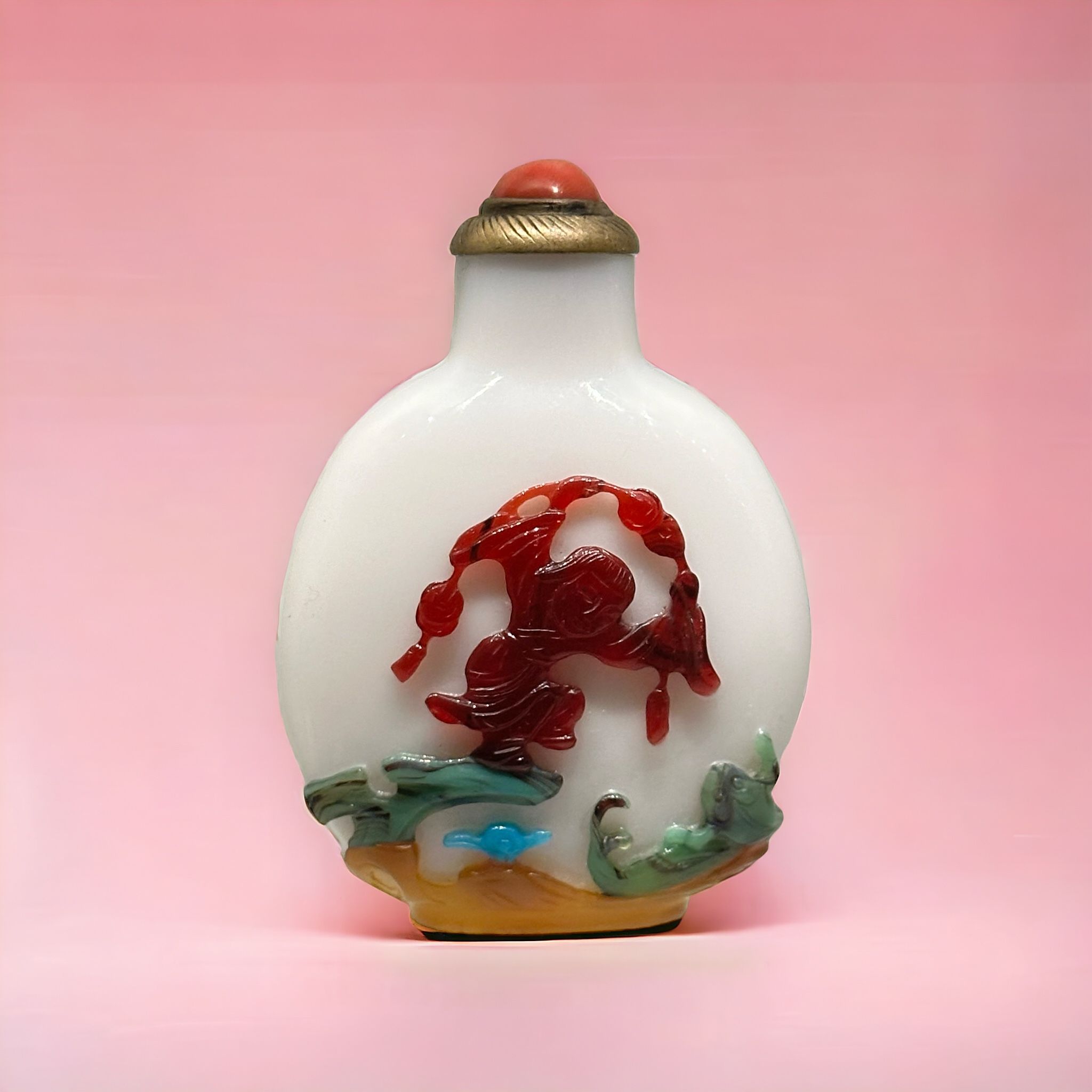
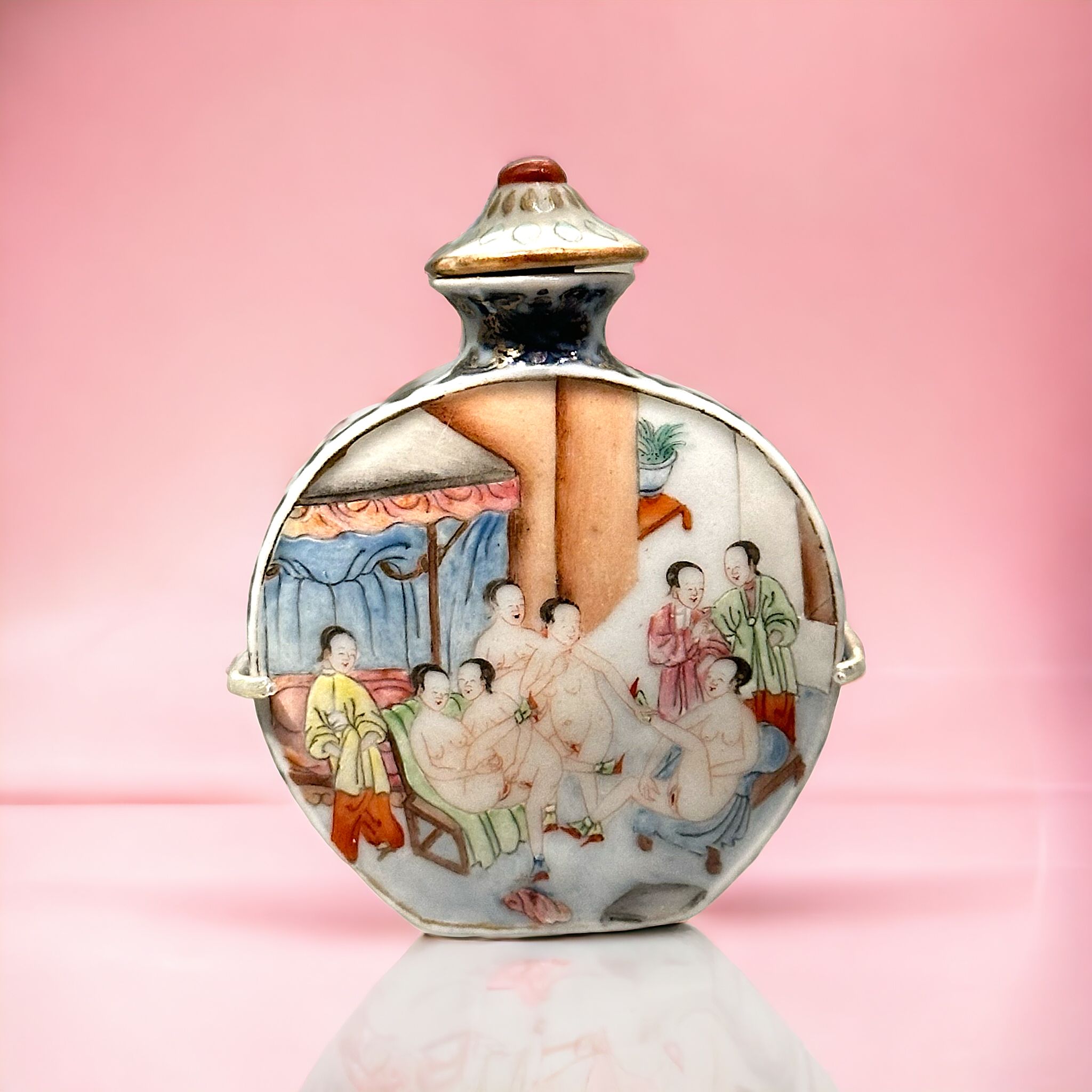
Success of these items on the auction market
On the auction market, snuffboxes from China continue to generate remarkable interest, rivalling the heights reached by other iconic pieces of Asian art, such as imperial porcelain vases or exceptional jades.
Although of modest dimensions, these objects concentrate an artistic and historical density that fascinates collectors.
In 2011, a cloisonné enamel snuffbox, attributed to the Qianlong period, exceeded expectations by fetching over $2 million at Sotheby's, proving that their rarity and refinement can match, if not surpass, the records set by certain celadon vases or "famille rose" bowls.
By way of comparison, imperial jades - whether carved in animal forms or as ritual talismans - are often positioned in similar ranges, marking an implicit rivalry between these two types of precious miniatures.
However, snuffboxes are distinguished by their narrative and personalized dimension: their inscriptions, interior portraits or symbolic motifs tell stories that captivate a public sensitive to the intimacy of these objects.
Unlike Chinese dresses woven in gold and silk, where prestige is combined with visual splendor, snuffboxes seduce with a discretion that sublimates the handcrafted gesture.
This success is based on a unique balance: the combination of technical mastery, symbolic significance and the fascination exerted by these portable microcosms, enshrining a fragment of the history and soul of imperial China.
Recognizing an original Chinese snuffbox
As these pieces are quite successful, it is possible that they do not originate from Chinese craftsmanship. For this reason, it is essential to carry out an expert appraisal, including verification of any markings and a study of the materials used.
Knowing the value of a work
If you happen to own a Chinese snuffbox, don't hesitate to ask for a free estimate using the form on our website.
A member of our team of experts and certified auctioneers will contact you promptly to provide you with an estimate of the market value of your work, as well as any relevant information about it.
If you're thinking of selling your work of art, our specialists will also be on hand to help you find alternatives for selling it at the best possible price, taking market trends into account.
Response in less than 24h
Related topics
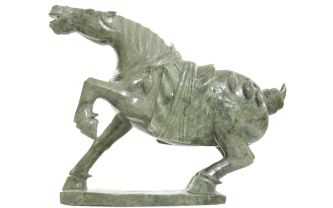
The value of jades, China's imperial symbol
Jade, this semi-precious stone, is increasingly sought-after and popular, and can fetch surprising prices. Free jade appraisal
Read more >
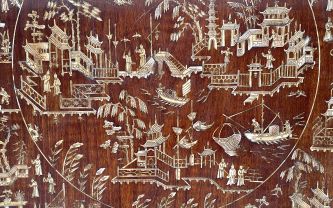
Get a free estimate for your Chinese furniture
Chinese furniture is in great demand on the French and American auction markets. You may be unaware of its value - get it appraised!
Read more >
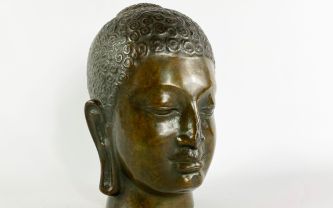
Rating and value of Chinese bronzes
Chinese bronzes are highly sought-after works of art on the auction market, whatever the period, subject or size of the object.
Read more >
Secure site, anonymity preserved
State-approved auctioneer and expert
Free, certified estimates
